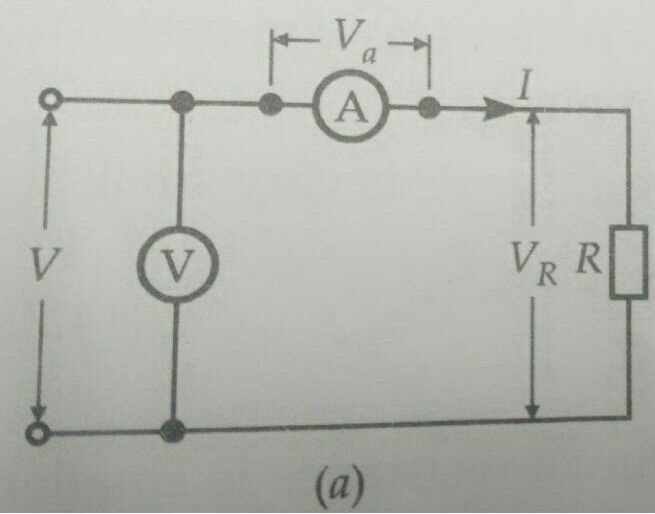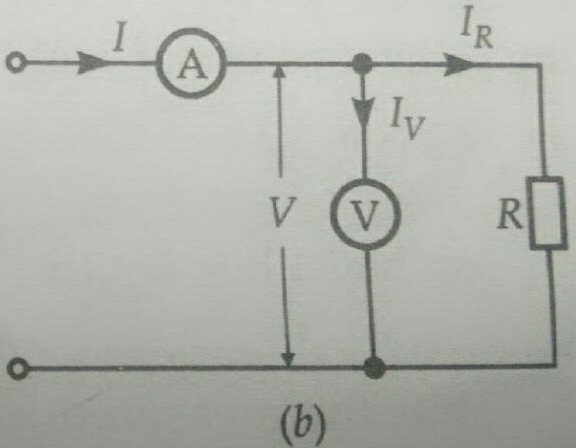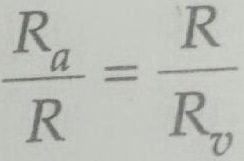Classification of resistances:
The classification of resistances, from the point of view of measurement is as follows:
(1)Low resistances: All resistances of the order of 1Ω hand under may be classified as low resistances.
(2) medium resistances: All resistances from 1Ω to about 0.1 MΩ come under medium resistances.
(3)High resistances: All resistances of the order above 0.1 MΩ come under high resistances.
Methods for Measurement of low resistances:
The methods for measurement of low resistances are:
(i) Ammeter-Voltmeter Method
(ii)Kelvin’s double bridge method
(iii)Potentiometer method
———————————————————————————————–
If you are an electrical engineering student don’t forget to Read below:
- Testing of Transformers | Impulse Test of Transformer
- ElectrodynamometerInstruments Construction and Operation
- Permanent Magnet Moving Coil Instrument or PMMC Instrument
Like and Follow Us At Facebook , Google+ , Twitter .
———————————————————————————————–
Now here we are going to discuss measurement of low resistance by Ammeter-Voltmeter Method.
Ammeter-Voltmeter Method :
This resistance measurement method is very popular since the instruments required for this test are usually available in the laboratory. The two types of connections employed for ammeter voltmeter method are shown in below figure. In both the cases, is readings of ammeter and voltmeter are taken, then the measured value of resistance is given by :
The measured value of resistance Rm, would be equal to the true value,R,if the ammeter resistance is zero and the voltmeter resistance is infinite so that the conditions in the circuit are not disturbed. However, in practice this is not possible and hence both the methods give inaccurate results.
Consider circuit (a):In this circuit the ammeter measures the true value of the current through the resistance but the voltmeter does not measure the true voltage across the resistance. The voltmeter indicates the sum of the voltages across the ammeter and the measured resistance.
Letter Ra be the resistance of the ammeter.
Voltage across the ammeter, Va = IRa
Now, measured value of resistance,
True value of resistance,
Thus the measured value of resistance is higher than the true value. It is also clear from above that the true value is equal to the measured only if the ammeter resistance,Ra, is zero.
Relative error,
It is clear from equation-1 that the error in measurements would be small if the value of resistance under measurement is large as compared to the internal resistance of the ammeter. Therefore circuit (a) should be used when measuring high resistance values.
Consider circuit(b): In this circuit the voltmeter measures true value of voltage but the ammeter measures the sum of currents through the resistance and the voltmeter.
Let Rv be the resistance of the voltmeter.
Current through the voltmeter, Iv = V / Rv
Measured value of resistance,
True value of resistance,
From equation-2 it is clear that the true value of resistance is equal to the measured value only if the resistance of voltmeter is infinite. However, if the resistance of voltmeter is very large as compared to the resistance under measurement :
or Rv >> Rm2 and therefore Rm2/Rv is very small.
We have,
Thus the measured value of resistance is smaller than the true value.
Relative error,
The value of Rm2 is approximately equal to R.
It is clear from equation-3 that the error in measurement would be small if the value of resistance under measurement is very small compared to the resistance of the voltmeter. Hence the circuit (b) should be used when measuring low resistance values.
The Ammeter-Voltmeter Method, in the two forms explain above, is a simple method but is, comparatively rough method the accuracy being limited buy accuracy of Ammeter and voltmeter used, even if corrections are made for the voltage drop across the ammeter for connections of figure(a) and for the shunting effect of voltmeter for connections of figure(b). If the two instruments are of 0.5% accuracy and are read near full scale, the instrumental error in the result maybe anything from 0 to 1%.If read near full scale, the percentage error maybe twice as great and for lower readings may mount considerably higher. With less accurate instruments the possible error, of course is increased. It is difficult to obtain accuracy much better than 1% in a resistance value under usual conditions and the error other sometimes maybe considerably higher. However the method is useful in some laboratory work in which higher accuracy is not required.
The suitability of a particular method for resistance measurement depends upon the relative values of resistance under measurement and the resistance of the meters. The division point between the two methods is at the resistance for which the relative errors given by the two methods are equal.
The relative errors for the two cases are equal when :
or when the true value of resistance
For the resistance greater than value given by equation-4 the method of figure(a) is used while for low resistances method of figure(b) is used.







Can u Please suggest me the reference book?